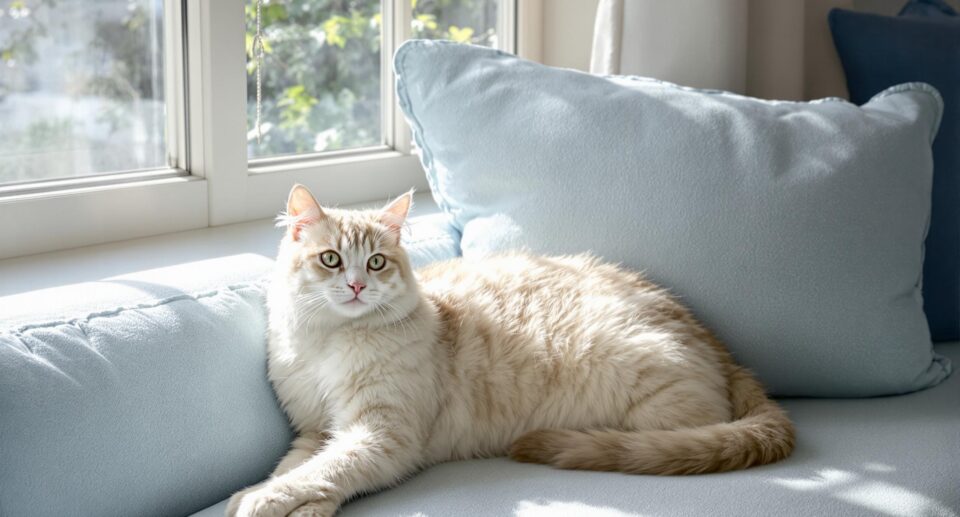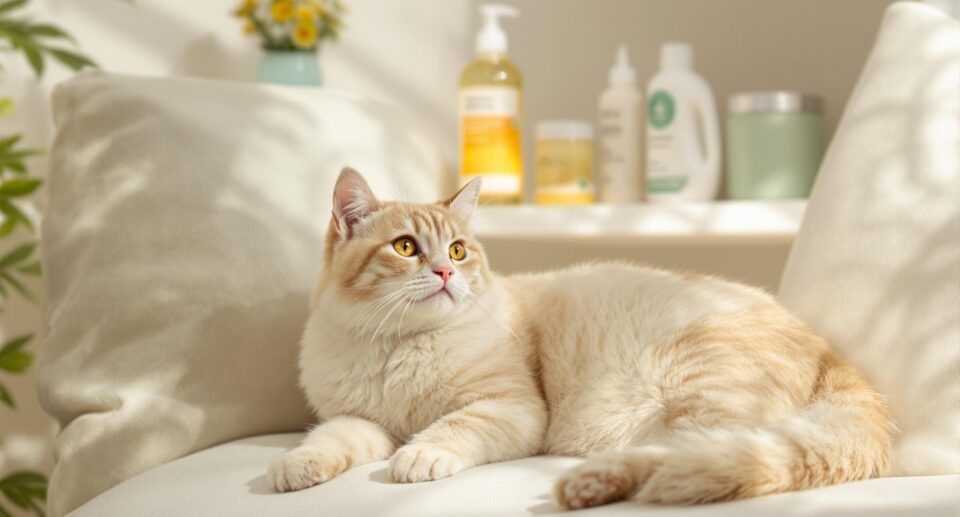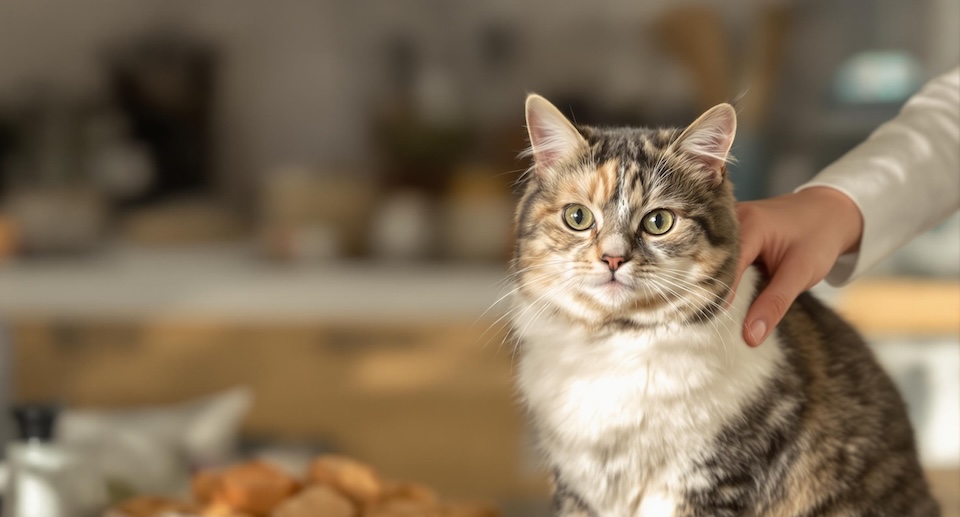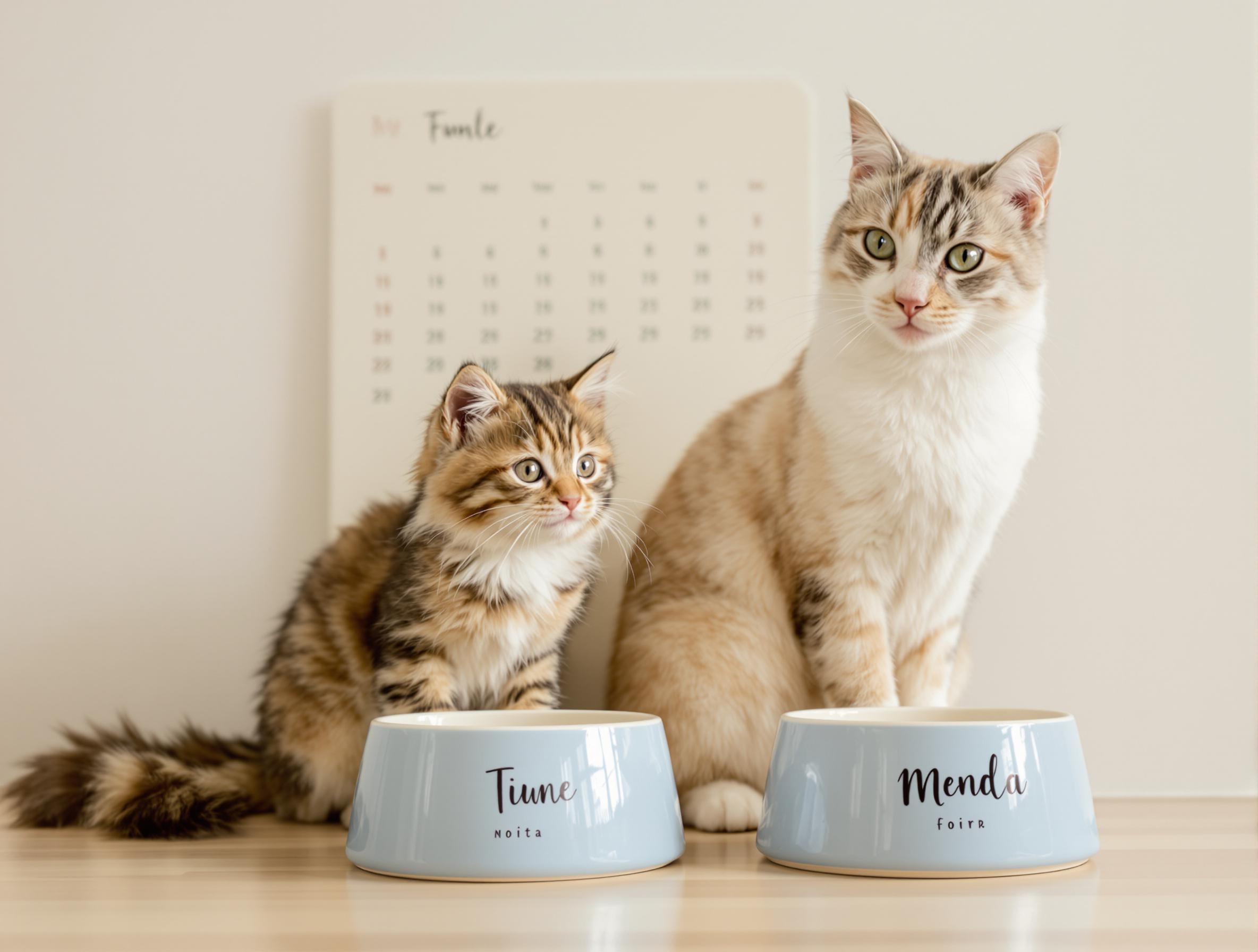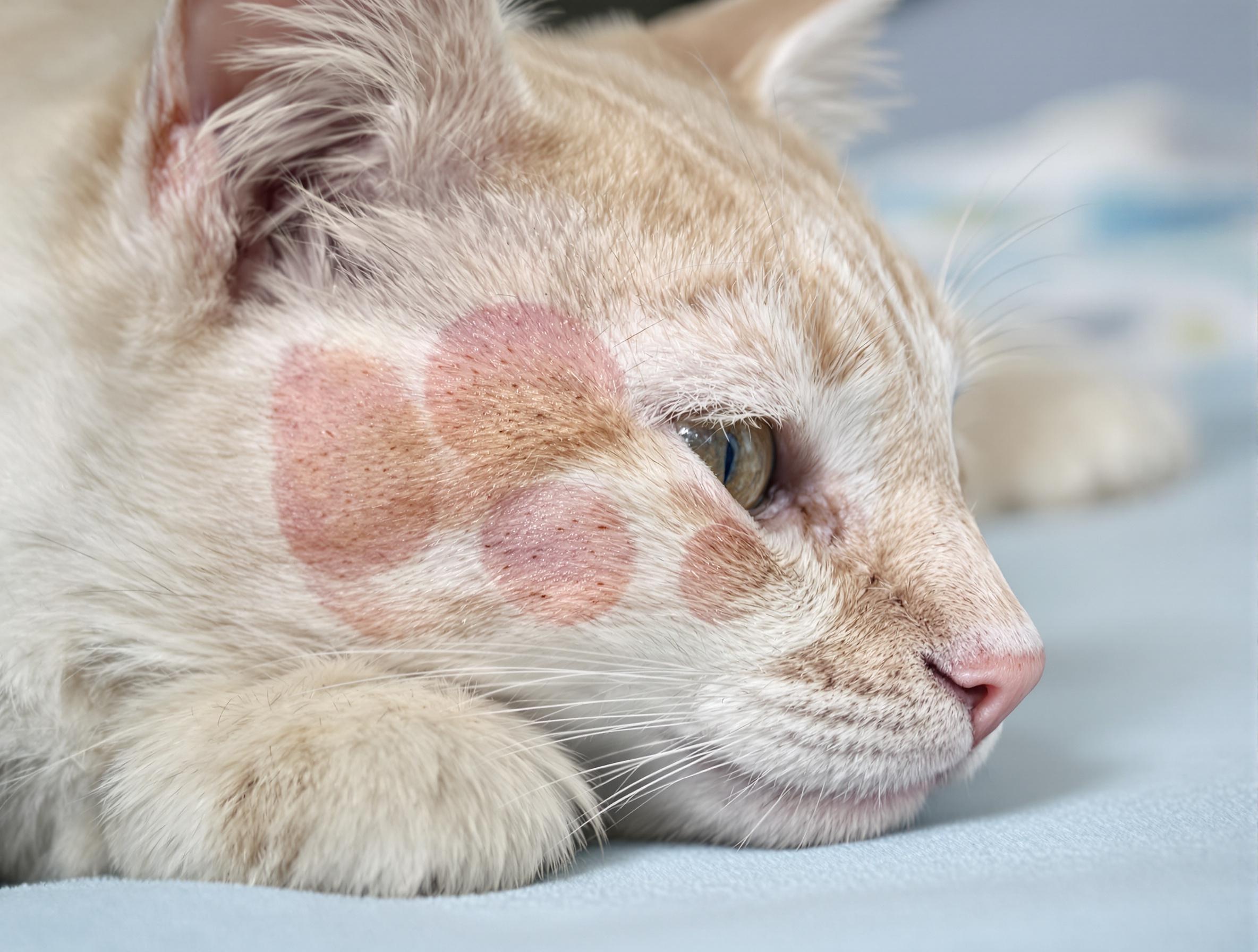Switching Your Cat From Dry to Canned Food
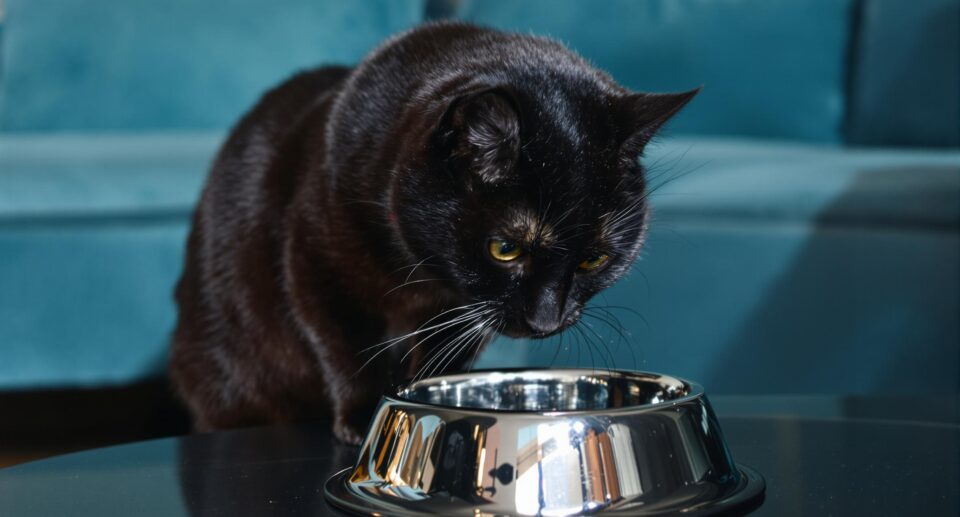
Canned foods more closely match a cat’s natural diet than dry foods. Cats are carnivores and should eat primarily meat. They have specific requirements that come only from meat and are essential for vital organ health. Cats have no actual requirement for carbohydrates and in fact, feeding high carbohydrate foods has been linked to digestive problems and the development of obesity and feline diabetes.
Most dry foods are nutritionally inferior for cats because they have:
- High carbohydrate levels
- Protein imbalance–often the overall protein level is too low and many dry foods have plant–based proteins (corn gluten meal, etc.) instead of meat–based protein.
- Low water content
Why do cats love dry food if it isn’t good for them?
Why do kids like potato chips and candy bars? They taste great but it certainly doesn’t mean these foods provide the best nutrition. Dry kibble tends to be very appealing to cats because of the animal digest sprayed on its surface as a flavor enhancer. Cats also establish very strong texture preferences and once a cat is accustomed to the crunchy texture of dry food, it can be difficult to convince them a soft squishy food is a better choice.
Tips on transitioning your cat from dry to canned food
First–try putting some canned cat food in your cat’s bowl. If they love it, great! In this case, gradually decrease the amount of dry food and increase the amount of canned food fed over one week until your cat is fully switched to canned food.
However, cats can be very stubborn when their food preferences have been set. Cats are labeled as “finicky” or “picky” for a reason! So what if your cat is unwilling to eat canned food? First, take a deep breath and realize that they will make the change but it can take weeks or months to convince them! A few tips:
-
- Stop “free–feeding” dry food and establish “meal–feeding.” Cats that have dry food available to them 24/7 are unlikely to try something new because they are not hungry when they graze all day long. Establish regular meal times and amounts for your cat–ideally every 12 hours. With this routine most cats become more excited and hungry around meal time and will be more inclined to try something new.
- At meal time, offer the canned food in addition to the dry food. Leave all food down for only 30 minutes and then remove any uneaten portion. Repeat in 8 to 12 hours. Many of the stubborn cats won’t even look at the canned food…but some will!
- Once your cat is eating meals and if he or she is still refusing canned food, you must allow natural hunger to take over. This means gradually decrease the amount of dry food you are giving and offer canned in its place. A few tricks to make canned food more appealing:
-
- Try various brands, flavors and textures of canned food. During a transition from dry to canned there is quite a bit of wasted canned food…so buy in small portions until you find something your cat will eat.
- Warm the canned food to mimic body temperature.
- Try mixing a little canned food (size of a green pea) amongst the dry kibbles. You can also try a few kibbles on top of the canned food.
- Try putting meat (tuna, shrimp, cooked chicken, freeze–dried meat treats, etc.) on top of the canned food as an enticement.
- Sprinkle a small amount of parmesan (or other finely grated) cheese on top of the canned food.
- Consider probiotics (e.g. Fortiflora) or fish oils (such as Omega 3) as flavor enhancers. These also have the added benefits of improved digestive and overall health.
- Try hand feeding the canned food.
- Try a little canned food or gravy on your cat’s gums or paw…only if you have a tolerant cat and this wouldn’t be stressful for them. We do not want to have them develop a food aversion.
- Petting your cat at the food bowl is a common way to stimulate appetite.
- Exercising your cat before feeding can help stimulate appetite.
- On a daily basis, if your cat still won’t touch canned food after 18 hours, give them a small amount of dry food. The average cat requires approximately 200 calories each day and they can run into problems (with excessive weight loss and the development of liver failure) if they routinely consume less than 100 calories each day for several days in a row.
- Be patient and continue the routine. All cats will eventually eat canned food if you are patient and determined. You are likely to be frustrated along the way but it is worth it for your cat’s health in the long run!
It often takes several weeks for a cat’s system to adapt to the proper digestion of a new food…especially one so different from dry kibble. Some soft stool, diarrhea and even vomiting may occur and these are not reasons to abandon the canned food effort and go back to dry. Try experimenting with different canned foods and consider slowing the transition down and do it over a period of several weeks. You will likely also note some weight loss during the transition from dry to canned food. As many cats start overweight, this is actually a good thing! However, cats shouldn’t lose weight too fast and you should ask your veterinarian if you have concerns.

